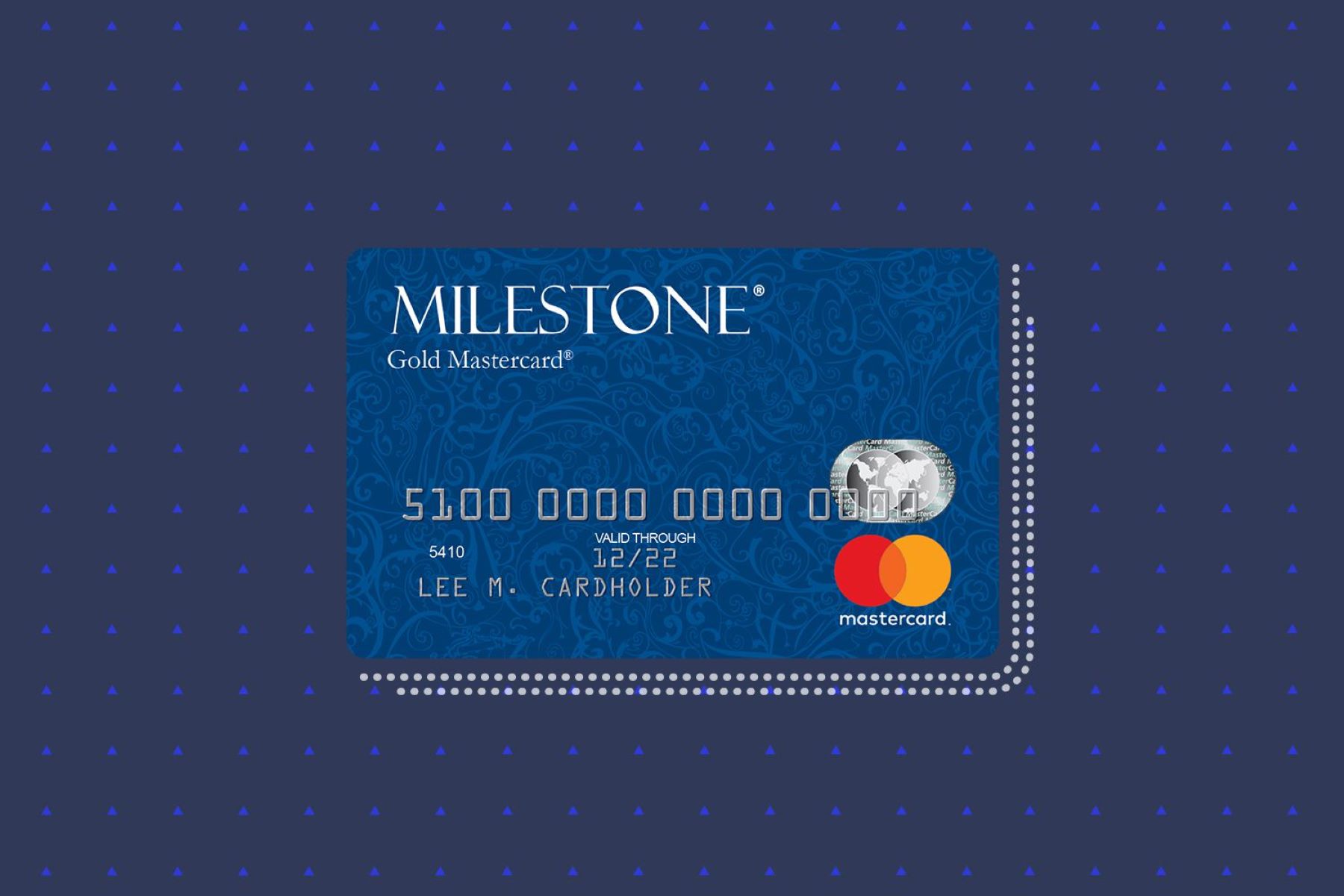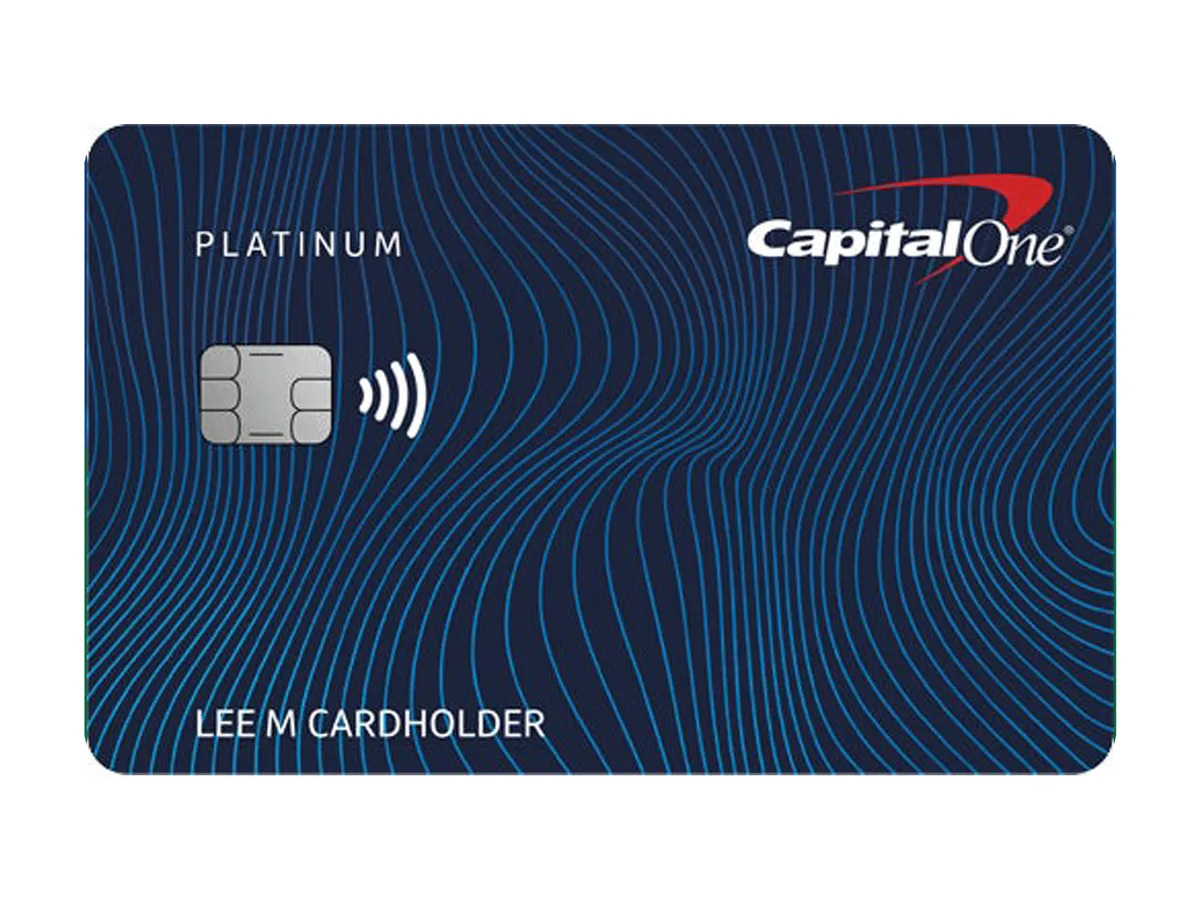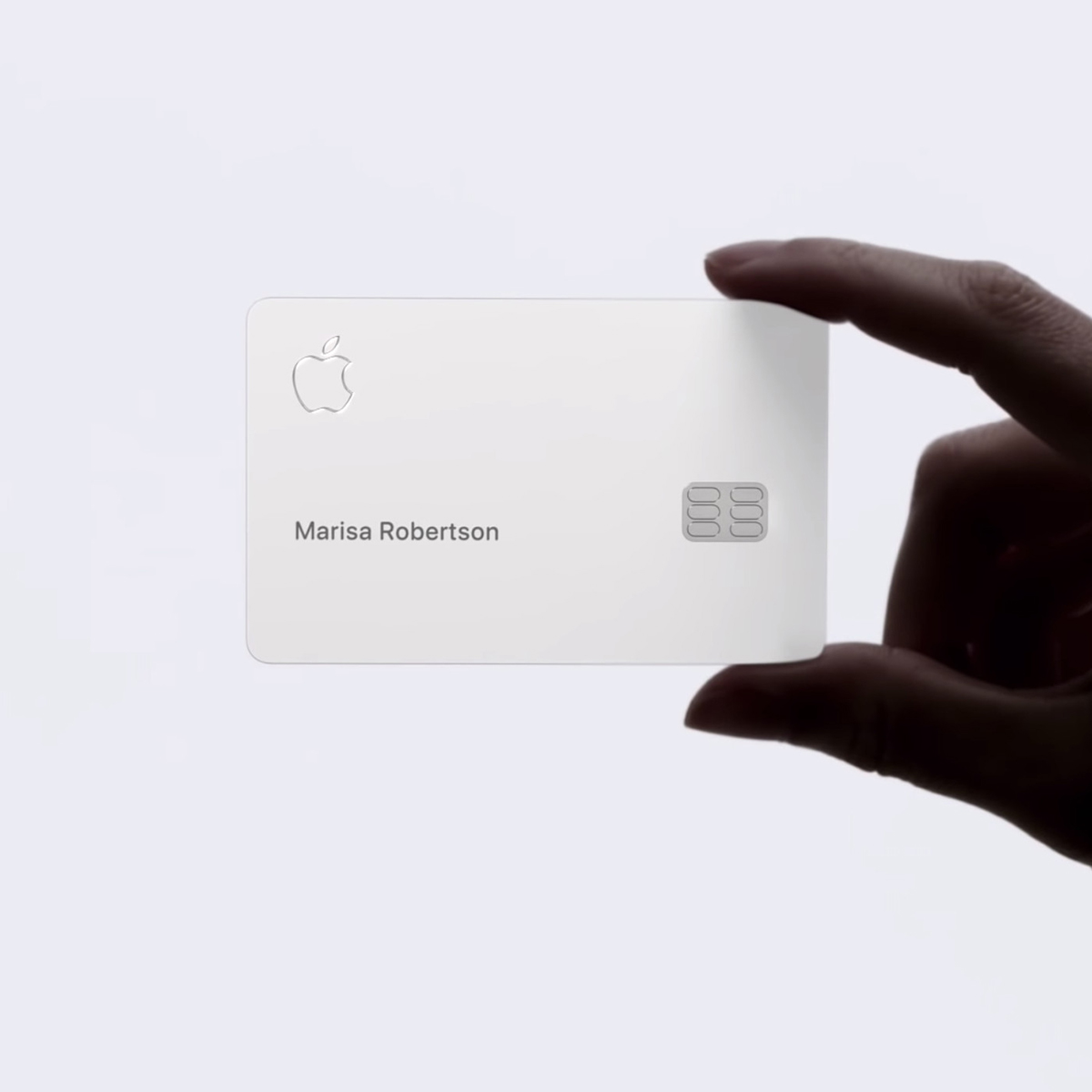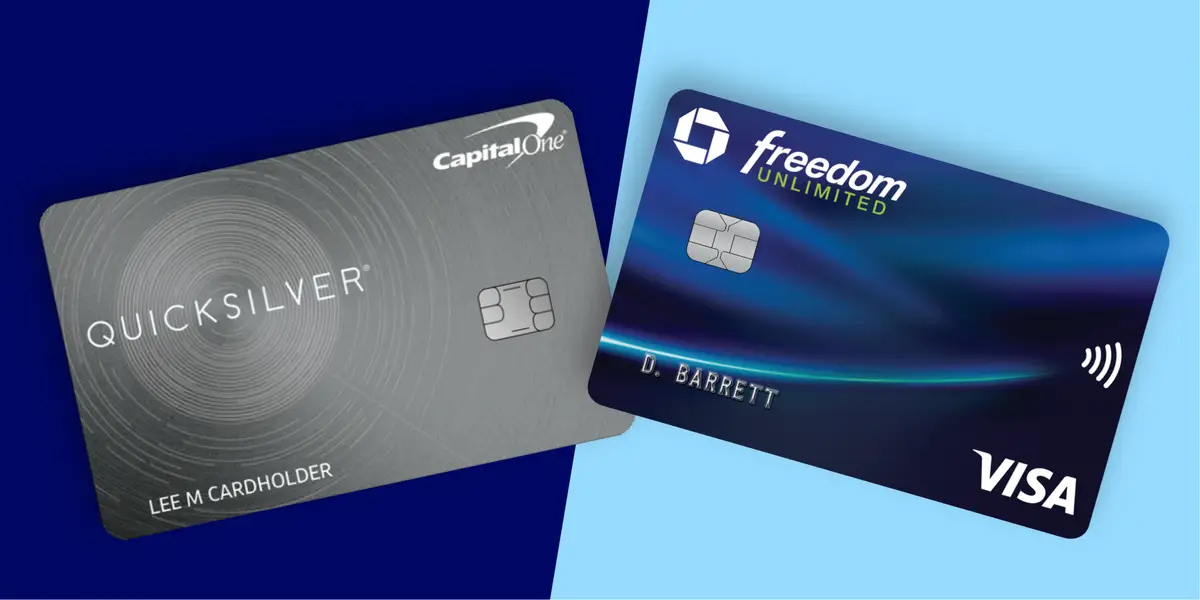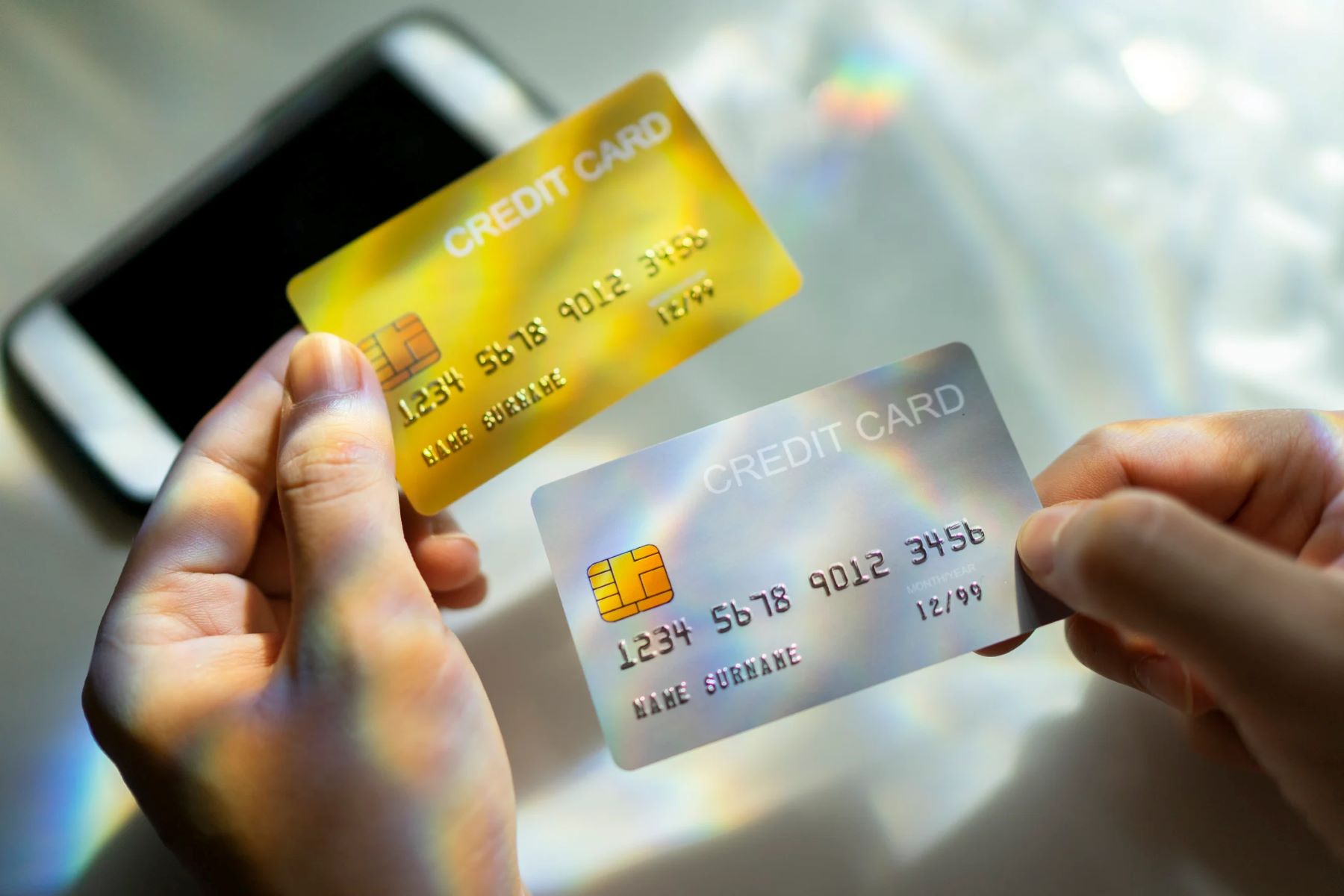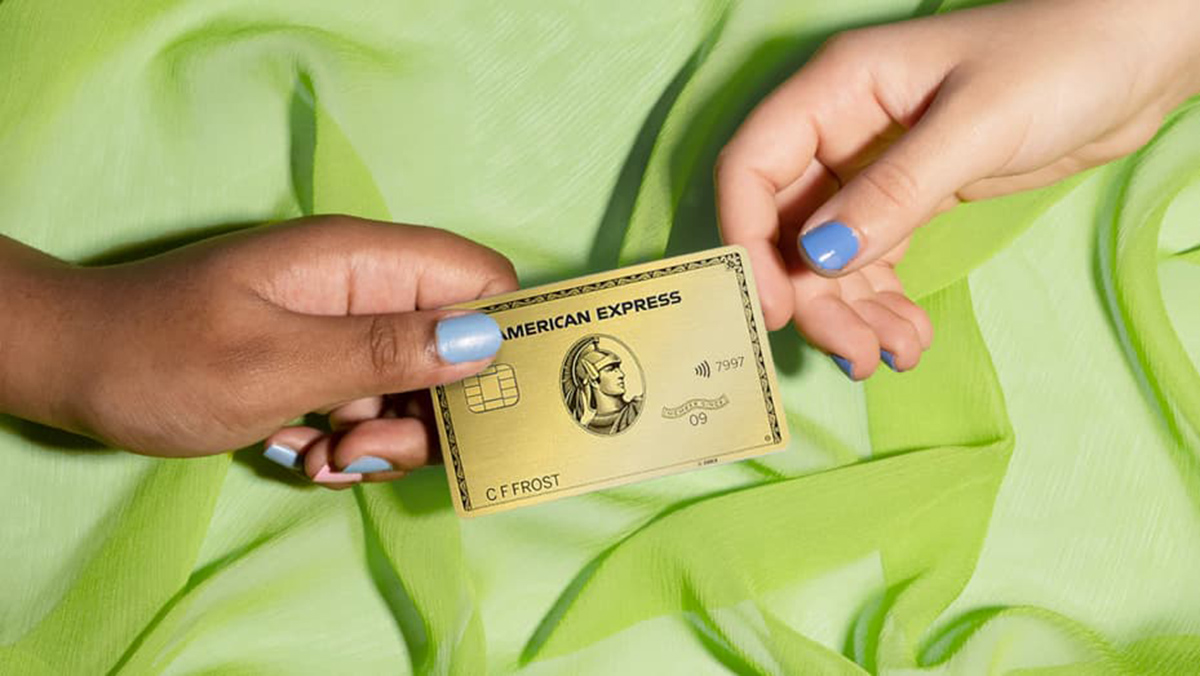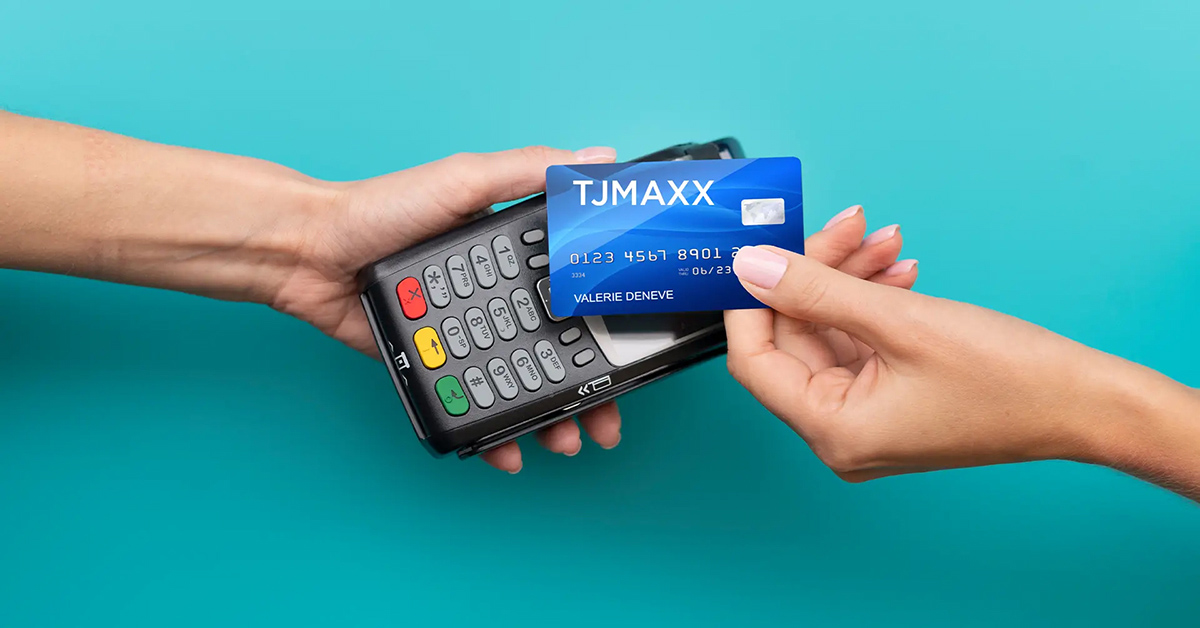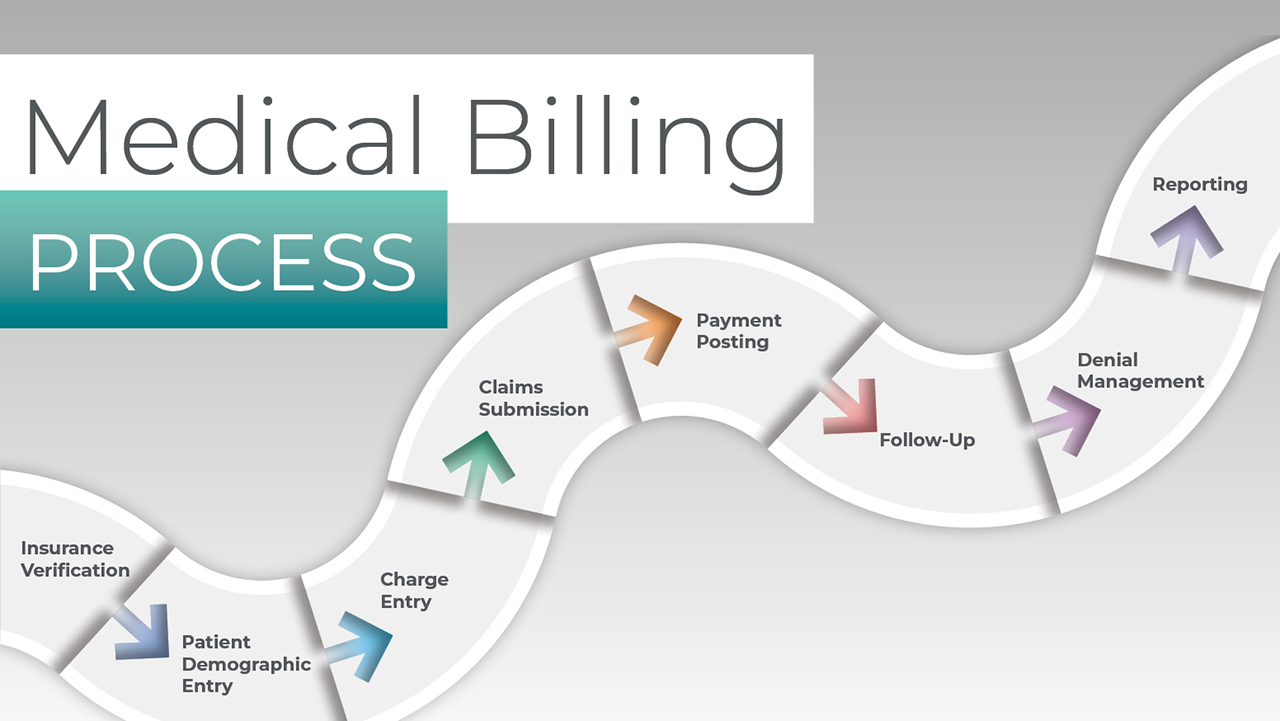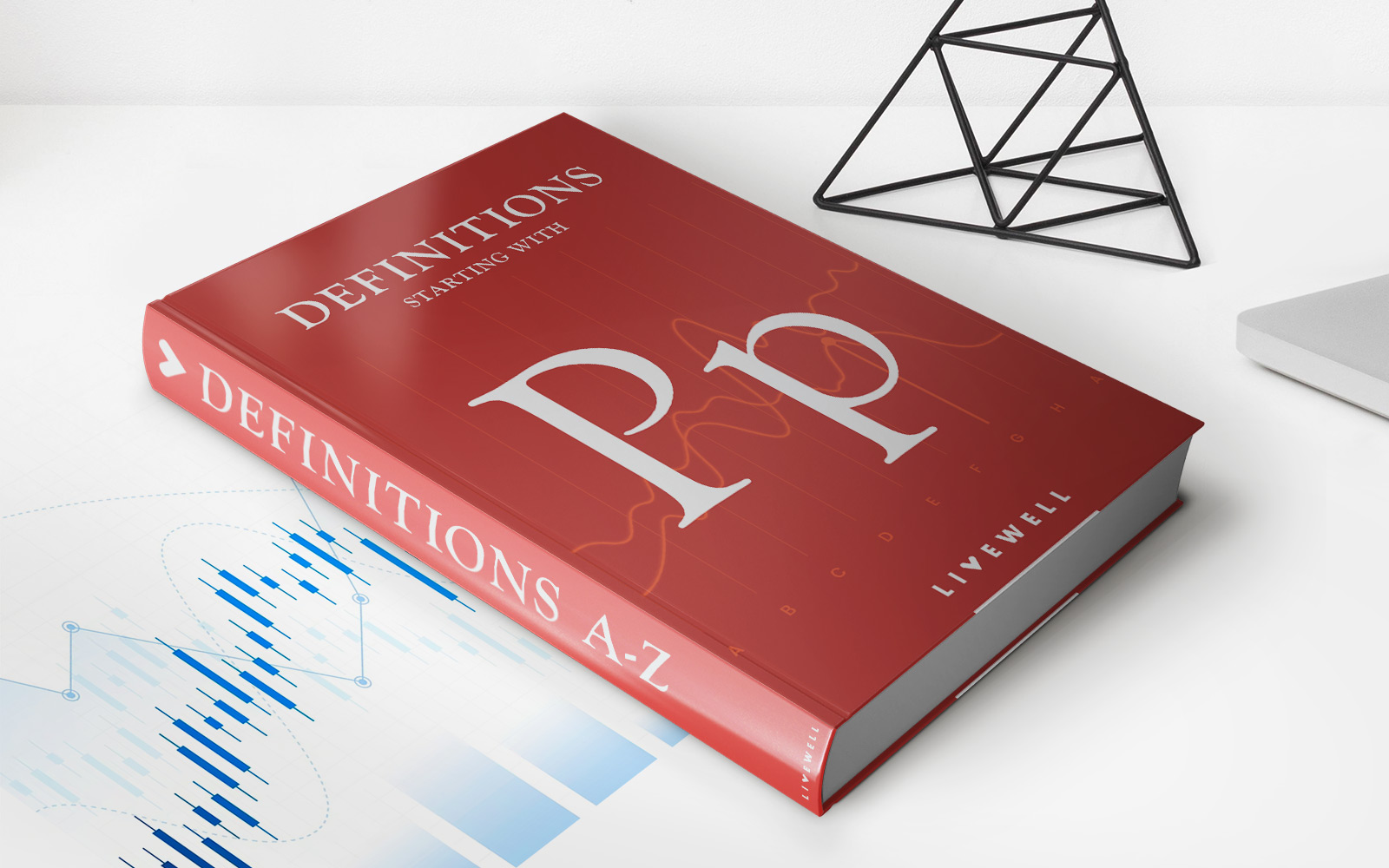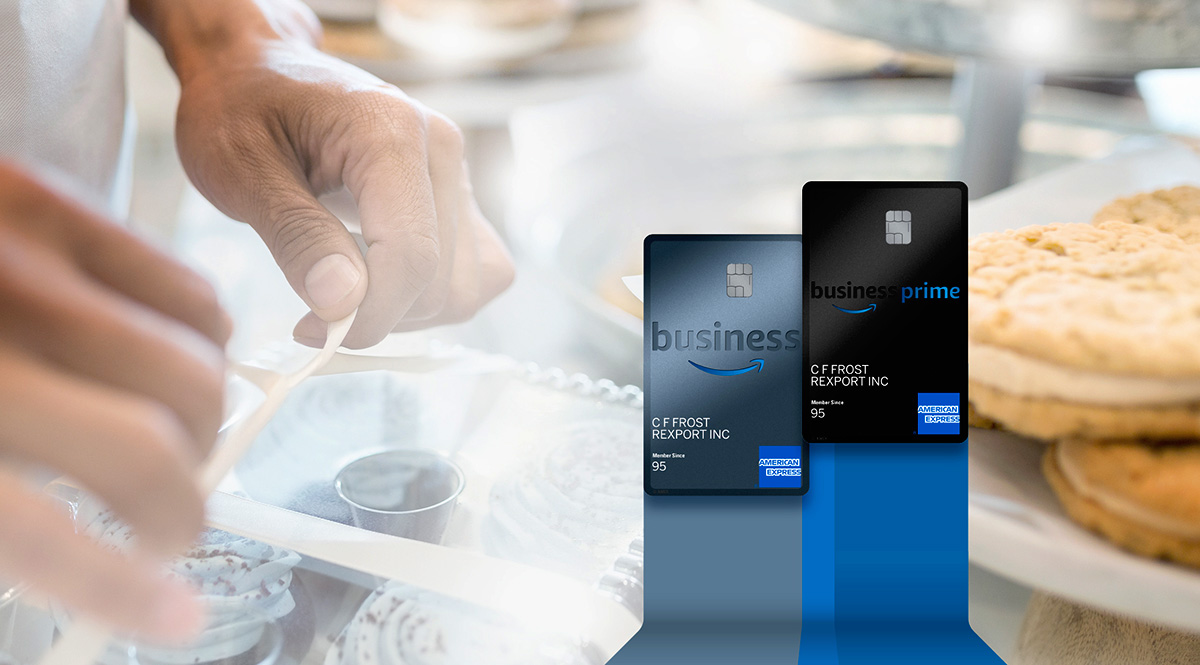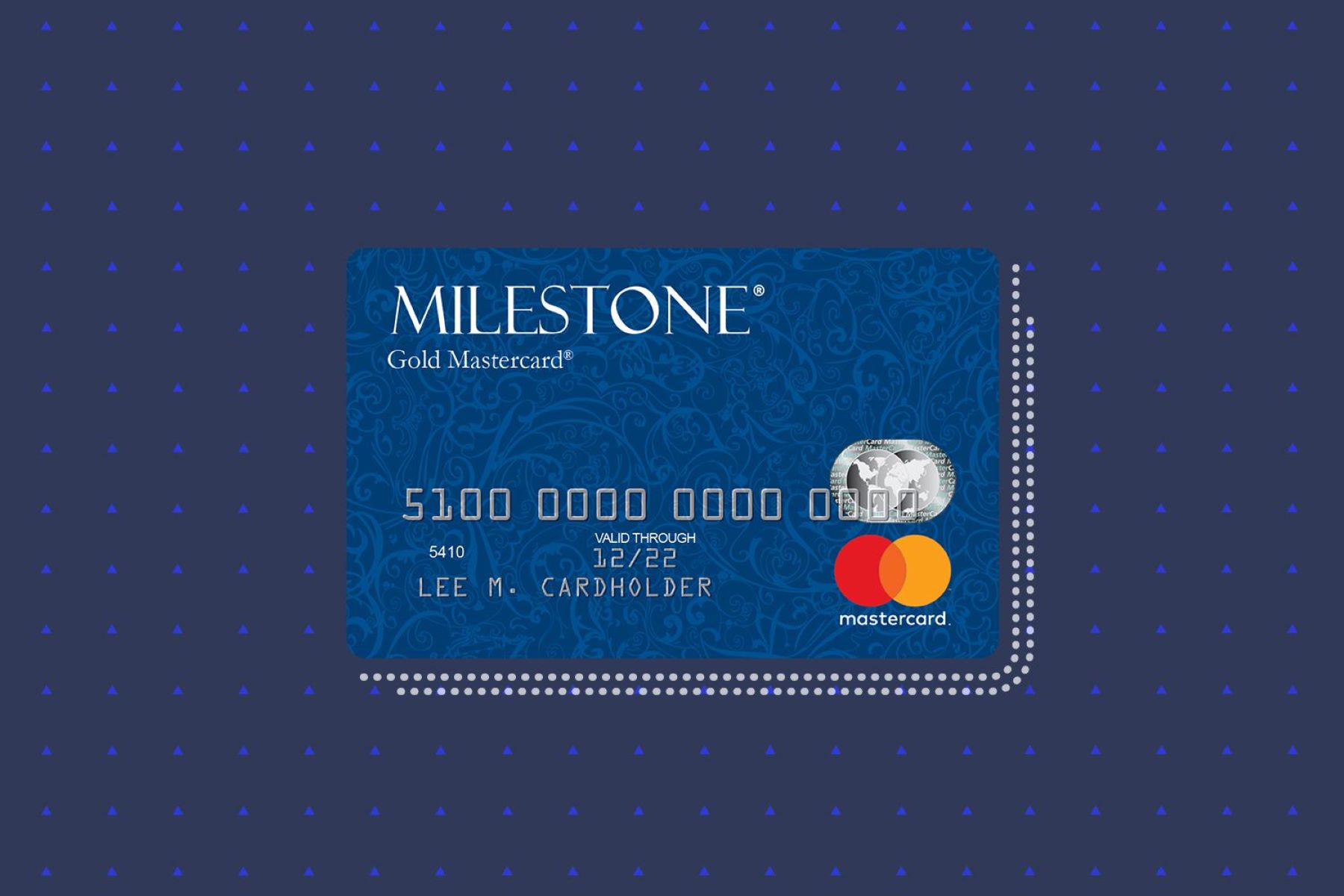

Finance
What Is The Limit On A Milestone Credit Card?
Published: October 23, 2023
Learn about the limit on a Milestone credit card and how it can help you manage your finances effectively. Find out more about this finance option today!
(Many of the links in this article redirect to a specific reviewed product. Your purchase of these products through affiliate links helps to generate commission for LiveWell, at no extra cost. Learn more)
Table of Contents
Introduction
Welcome to the world of Milestone credit cards, where financial opportunities and possibilities abound. If you’re looking to build or rebuild your credit, a Milestone credit card might be the ideal option for you. These credit cards are specifically designed to cater to individuals with less-than-perfect credit scores, offering them a chance to improve their financial standing.
Whether you want to start building a credit history from scratch or need to bounce back from past credit mishaps, a Milestone credit card can be a valuable tool in your financial journey. However, before you dive in, it’s essential to understand the credit limit on a Milestone credit card and how it can impact your spending.
As you may know, the credit limit refers to the maximum amount of money you can spend using your credit card. This limit is predetermined by the credit card provider and is based on various factors such as your credit history, income, and debt-to-income ratio. Understanding the credit limit on your Milestone credit card is crucial for managing your finances effectively and making responsible spending decisions.
In this article, we will delve deeper into the world of Milestone credit cards and explore the factors that determine the credit limit. We will also provide tips on how to increase your credit limit and make the most out of your Milestone credit card. So, let’s get started and unlock the potential of financial growth with Milestone credit cards.
Understanding Milestone Credit Cards
Milestone credit cards are specifically designed for individuals with less-than-perfect credit scores. They provide an opportunity to rebuild or establish a credit history by responsibly using the credit card. These types of cards can be a lifeline for those who have made credit mistakes in the past or have limited credit history.
One of the key aspects of Milestone credit cards is that they are accessible to individuals with lower credit scores. Unlike traditional credit cards that have strict credit requirements, Milestone credit cards are more lenient and open to a wider range of applicants. This means even if you have had some financial difficulties in the past, you can still be eligible for a Milestone credit card.
Another notable feature of Milestone credit cards is that they often come with higher interest rates and fees compared to other credit cards. This is because the credit card provider is taking a higher risk by providing credit to individuals with less-than-perfect credit. However, despite the higher costs, the benefits of having a Milestone credit card can outweigh the drawbacks if used responsibly.
With a Milestone credit card, you can enjoy the convenience and flexibility of a traditional credit card. It can be used for making everyday purchases, online transactions, and even booking travel accommodations. Additionally, Milestone credit cards often come with additional perks such as fraud protection, zero liability for unauthorized charges, and online account management tools.
Building or rebuilding your credit is a gradual process, and having a Milestone credit card can be a valuable tool in this journey. By using your Milestone credit card responsibly, such as making on-time payments and keeping your credit utilization low, you can start improving your credit score over time. Additionally, Milestone credit cards typically report to major credit bureaus, which means your responsible credit usage will be reflected in your credit history.
Now that you have a better understanding of Milestone credit cards, let’s explore the credit limit associated with these cards and how it can impact your spending.
Credit Limit on Milestone Credit Cards
The credit limit on a Milestone credit card refers to the maximum amount of money that you are allowed to spend using your credit card. It is the predetermined cap set by the credit card provider, and it plays a significant role in managing your finances and making responsible spending decisions.
When you are approved for a Milestone credit card, the credit card provider carefully considers various factors to determine your credit limit. One of the primary factors is your credit history. If you have a strong credit history with a track record of making timely payments and managing your debts responsibly, you are more likely to be granted a higher credit limit. On the other hand, if you have a limited credit history or have had past credit issues, your credit limit may be lower initially.
Your income also plays a vital role in determining your credit limit. Credit card providers assess your income to gauge your ability to make monthly payments. A higher income generally indicates a higher credit limit, as it signifies a greater capacity to handle credit responsibly. However, it’s important to note that even with a modest income, you can still be eligible for a Milestone credit card and be assigned a reasonable credit limit.
Another factor that influences the credit limit on a Milestone credit card is your debt-to-income ratio. This ratio compares your total debt obligations, such as loan payments and credit card balances, to your income. If your debt-to-income ratio is high, it may result in a lower credit limit, as it suggests a greater risk of overextending your credit and potentially struggling with repayments.
It’s worth noting that the credit limit on a Milestone credit card is not fixed and can change over time. As you demonstrate responsible credit usage, such as consistently making on-time payments and keeping your credit utilization low, the credit card provider may increase your credit limit. This can provide you with more financial flexibility and purchasing power.
Understanding your credit limit is crucial for managing your finances effectively. It is important to stay within your credit limit and avoid maxing out your card, as this can negatively impact your credit score. Maxing out your credit card can result in a high credit utilization ratio, which is the percentage of your available credit that you are using. Aim to keep your credit utilization below 30% to maintain a healthy credit score.
Now that you have a clear understanding of the credit limit on Milestone credit cards, let’s explore the factors that can affect your credit limit and how you can increase it.
Factors Affecting Credit Limit
Several factors come into play when determining the credit limit on a Milestone credit card. By understanding these factors, you can gain insight into how credit card providers assess your creditworthiness and make decisions about your credit limit.
1. Credit History: Your credit history plays a significant role in determining your credit limit. Credit card providers review your credit report to assess your payment history, the length of your credit history, and your overall creditworthiness. A positive credit history, with a track record of making timely payments and managing credit responsibly, is likely to lead to a higher credit limit.
2. Income: Your income is another key factor that credit card providers consider when determining your credit limit. A higher income generally indicates a higher capacity to handle credit and may result in a higher credit limit. However, even with a lower income, you can still be eligible for a Milestone credit card and receive a reasonable credit limit.
3. Debt-to-Income Ratio: Your debt-to-income ratio compares your total debt obligations to your income. A lower debt-to-income ratio indicates better financial health and may result in a higher credit limit. Credit card providers assess this ratio to evaluate your ability to manage additional credit responsibly.
4. Credit Utilization: Credit utilization refers to the percentage of your available credit that you are using. Most credit card providers prefer customers who have a low credit utilization ratio, ideally below 30%. Higher credit utilization can be seen as a sign of financial distress and may result in a lower credit limit.
5. Payment History: Your payment history represents your track record of making timely payments on your existing credit accounts. Late payments, collections, or bankruptcy can have a negative impact on your credit history and may result in a lower credit limit or even a credit card denial.
6. Other Factors: Credit card providers may consider other factors such as employment history, stability, and the overall economic environment to determine your credit limit. These factors can vary between different credit card providers and may also depend on the specific Milestone credit card you apply for.
Understanding these factors can help you gauge your creditworthiness and anticipate the credit limit you may receive on a Milestone credit card. However, it’s important to note that each credit card provider has its own proprietary algorithm for evaluating credit limits, and the specific criteria may vary.
In the next section, we will discuss how you can apply for a Milestone credit card and increase your chances of receiving a favorable credit limit.
Applying for a Milestone Credit Card
Applying for a Milestone credit card is a straightforward process that can be done online. Here are the essential steps to follow when applying for a Milestone credit card:
1. Research and Compare: Before applying for a Milestone credit card, it’s essential to research and compare the different options available. Look for credit cards that align with your financial needs and offer terms and benefits suitable for your situation. Take into consideration factors such as annual fees, interest rates, and any additional perks or rewards offered.
2. Check Your Credit Score: While Milestone credit cards are designed for individuals with less-than-perfect credit, it’s still important to know where you stand. Check your credit score to determine if you meet the minimum requirements for a Milestone credit card. Knowing your credit score will also give you a better idea of the credit limit you might receive.
3. Gather Your Information: When applying for a Milestone credit card, you will need to provide personal information such as your full name, address, date of birth, and Social Security number. You will also be asked about your employment status, income, and housing situation. Have this information readily available to expedite the application process.
4. Complete the Application: Once you have chosen a Milestone credit card and gathered the necessary information, you can proceed with the online application. Fill out all the required fields accurately and double-check your entries to avoid any errors. As part of the application process, you may also be asked to consent to a credit check, which helps the credit card provider assess your creditworthiness.
5. Await Approval Decision: After submitting your application, it typically takes a short period of time for the credit card provider to review and process it. You may receive an instant approval decision or be notified via email or postal mail about the status of your application. If approved, you will receive your Milestone credit card in the mail, along with information about your credit limit.
6. Activate and Use Your Card: Once you receive your Milestone credit card, you will need to activate it following the instructions provided. Upon activation, your card will be ready for use. Make sure to familiarize yourself with the terms and conditions of the card and consider setting up account alerts to stay informed about your credit card activity.
Remember, applying for a Milestone credit card does not guarantee approval or a specific credit limit. However, by preparing ahead of time and understanding the factors that influence credit limit decisions, you can increase your chances of a favorable outcome.
In the next section, we will explore some tips to increase your credit limit on a Milestone credit card.
Tips to Increase Your Credit Limit
If you already have a Milestone credit card or are planning to get one, you may be interested in increasing your credit limit over time. A higher credit limit can provide you with more flexibility and increase your purchasing power. Here are some tips to help you increase your credit limit on a Milestone credit card:
1. Make Timely Payments: One of the most critical factors in increasing your credit limit is demonstrating a history of responsible credit usage. Make your payments on time each month to show the credit card provider that you can manage your debt effectively.
2. Keep Credit Utilization Low: Aim to keep your credit card balances low compared to your available credit limit. A lower credit utilization ratio, typically below 30%, indicates responsible credit management and can increase your chances of a credit limit increase.
3. Monitor Your Credit Score: Regularly check your credit score to see if it improves over time. By maintaining good financial habits, your credit score is likely to increase, and credit card providers may be more inclined to offer a credit limit increase.
4. Request an Increase: If you feel that you have demonstrated responsible credit usage for a significant period, you can contact your Milestone credit card provider and request a credit limit increase. Be prepared to provide supporting documents such as recent pay stubs to showcase your financial stability.
5. Consider a Secured Card: If you are struggling to get approved for a traditional Milestone credit card or are starting to build your credit history, a secured credit card may be an option. With a secured card, you put down a cash deposit as collateral, which can increase your chances of approval and potentially lead to a credit limit increase in the future.
6. Be Patient and Persistent: Increasing your credit limit takes time, and it may require ongoing effort on your part. It’s important to be patient and continue practicing good financial habits. Monitor your progress and regularly assess if you are eligible for a credit limit increase.
7. Maintain Good Relationships with Credit Card Providers: Building and maintaining a positive relationship with your credit card provider can work in your favor. By using your Milestone credit card regularly, making on-time payments, and staying in communication with the provider, you can establish trust and increase your chances of favorable credit limit decisions.
Remember, credit limit increases are not guaranteed, and they are ultimately at the discretion of the credit card provider. However, by implementing these tips and demonstrating responsible credit behavior, you can improve your chances of obtaining a higher credit limit over time.
Now that you have a better understanding of how to increase your credit limit, let’s conclude our exploration of Milestone credit cards and the benefits they offer.
Conclusion
Milestone credit cards can be a valuable financial tool for individuals looking to establish or rebuild their credit. These credit cards are specifically designed for individuals with less-than-perfect credit scores and offer an opportunity to improve creditworthiness over time.
In this article, we explored the concept of credit limits on Milestone credit cards and how they impact your spending. We discussed the factors that credit card providers consider when determining your credit limit, including credit history, income, debt-to-income ratio, and credit utilization. Understanding these factors is crucial for managing your finances effectively and making responsible spending decisions.
Applying for a Milestone credit card involves researching and comparing different options, checking your credit score, gathering necessary information, completing the application, and awaiting the approval decision. Once you receive your Milestone credit card, you can activate it and start using it responsibly to build or rebuild your credit.
To increase your credit limit on a Milestone credit card, it’s important to make timely payments, keep your credit utilization low, monitor your credit score, and consider requesting a credit limit increase when appropriate. Building a positive credit history and maintaining good relationships with your credit card provider can also contribute to favorable credit limit decisions over time.
Remember, increasing your credit limit is an ongoing process that requires patience, persistence, and responsible credit usage. It’s important to avoid maxing out your credit card and keep your credit utilization below a certain threshold to maintain a healthy credit score.
By utilizing the tips and information provided in this article, you can make the most out of your Milestone credit card and work towards improving your financial standing. Remember to stay informed, track your progress, and adapt your financial habits as needed.
Now, armed with knowledge and strategies, you can embark on your journey towards financial growth with confidence and make the most of the opportunities presented by Milestone credit cards.

